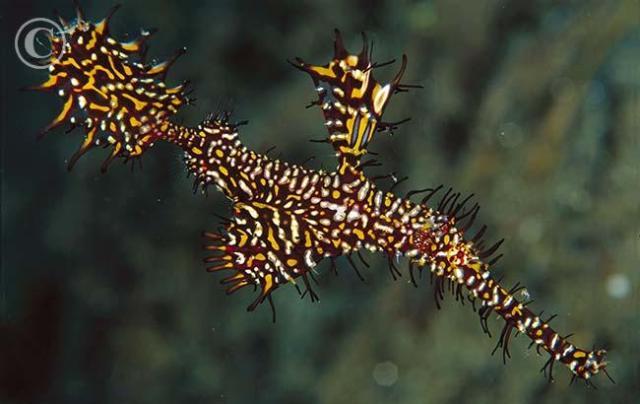The Enigmatic Pipefish – Solenostomus Paradoxus
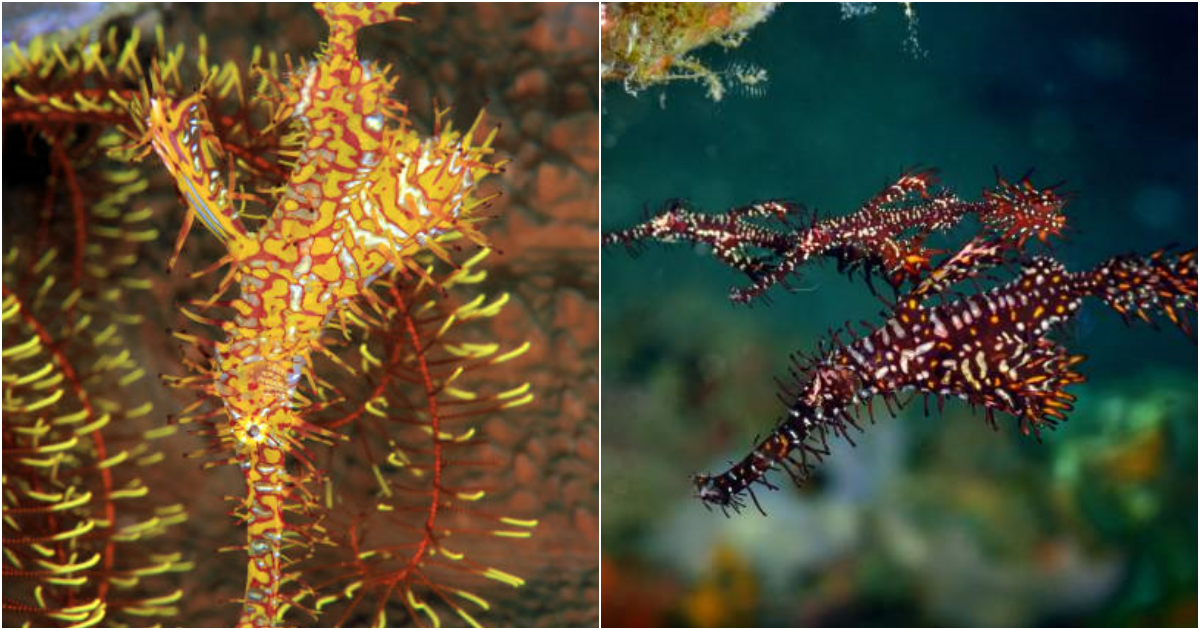
Within the depths of the ocean, an enigmatic creature known as the Pipefish captures the attention of marine enthusiasts. Among the diverse array of fish species, Solenostomus paradoxus, commonly referred to as the Pipefish, stands out with its intriguing appearance and fascinating behavior. In this article, we will delve into the captivating world of the Pipefish and explore its unique characteristics.
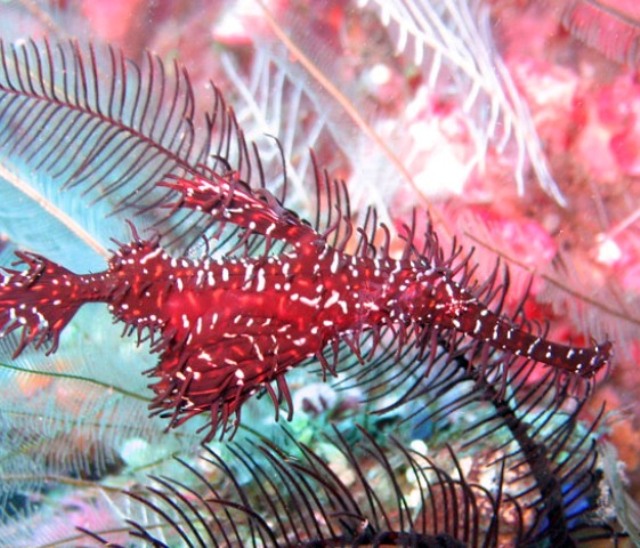
The Pipefish, Solenostomus paradoxus, boasts a remarkable appearance that sets it apart from other marine creatures. Growing up to 20 centimeters in length, its elongated body is covered in a delicate armor-like skin with intricate patterns and colors. The most distinguishing feature of the Pipefish is its long, tubular snout, resembling a slender pipe and giving it its name. This remarkable adaptation serves a dual purpose: camouflage and feeding.
The Pipefish can be found in the warm coastal waters of the Indo-Pacific region, particularly in areas with coral reefs and seagrass beds. These habitats provide ample opportunities for the Pipefish to camouflage themselves among the intricate structures and vegetation. Their distribution extends from the coasts of East Africa to Japan and southwards to Australia, including the islands of the Indian and Pacific Oceans.
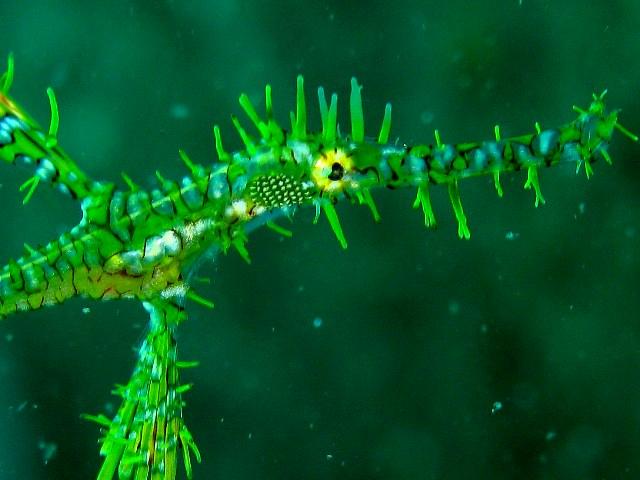
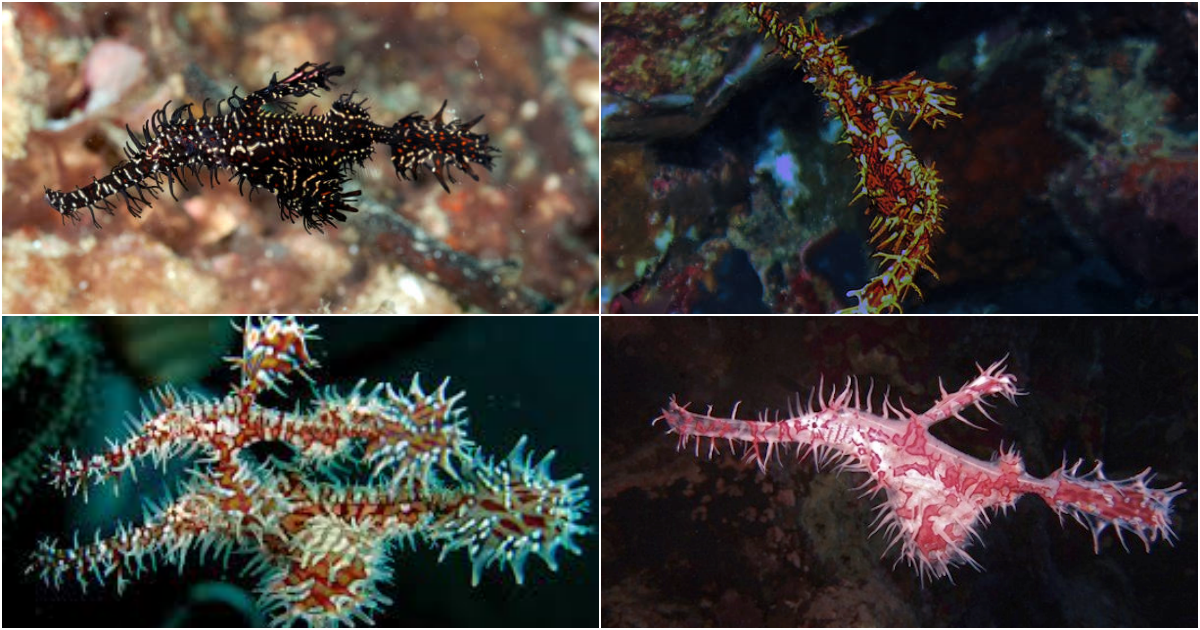
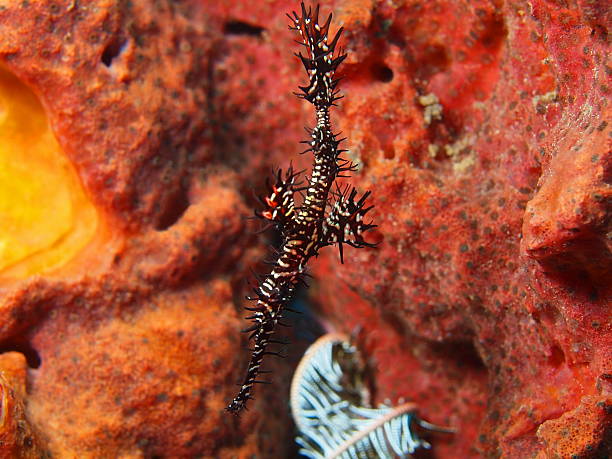
The conservation status of the Pipefish, Solenostomus paradoxus, remains relatively unknown due to limited research and data. However, as with many marine species, habitat degradation, pollution, and overfishing pose significant threats to their survival. The delicate balance of coral reefs and seagrass beds, which serve as their primary habitats, must be preserved to protect the Pipefish and other marine life that rely on these ecosystems.
The Pipefish, with its intriguing appearance, unique feeding habits, and extraordinary reproductive behavior, continues to fascinate and captivate those who study it. By raising awareness about the importance of marine conservation and implementing sustainable practices, we can contribute to the preservation of this remarkable species and the fragile underwater ecosystems they call home.
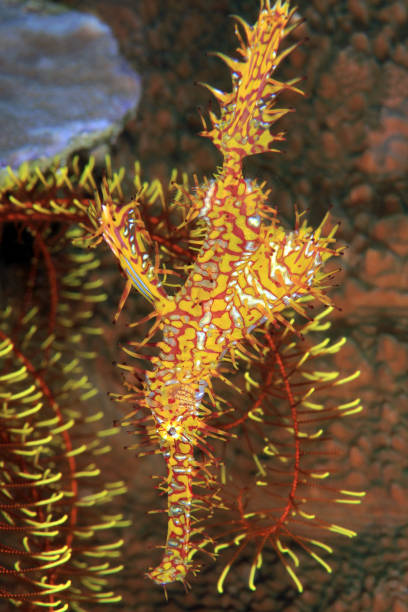
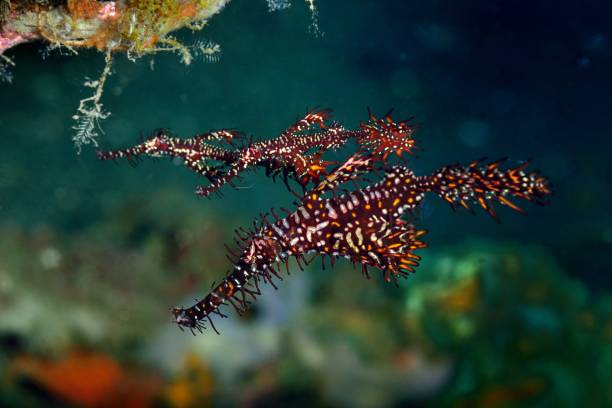
The ornate ghote pipefish sometimes known as harlequin ghost pipefish, which is one of the hardest fish to spot in the ocean. Their body look like more like a leaf, seaweed or coral than an actual fish.
The ghost pipefishes in the front with bigger size in the picture is a female. The two smaller at the back are probably male.


